Ghost talkers and puma men: Adena totemism and the shamans of the early Woodland Period
The people of the Adena Culture are widely regarded as the first builders of mounds and earthworks in the Ohio Valley.
By conventional dating the culture spans the period of 1000 BC to around 300 AD. Adena people built conical burial mounds ranging from a few inches to nearly 70 feet (21 meters) high, as well as ceremonial enclosures consisting of earthen banks with interior ditches flanking the interior of the walls. The enclosures were usually circular in shape with an average diameter of around 200 feet (61 meters), but Adena also built numerous rectangular or squared earthworks.
The Adena buried their honored dead in sub-mound pits, log tombs, and occasionally in elaborate timber structures within the mounds. Artifacts found with the Adena dead include copper bracelets, beads, rings, daggers, gorgets, and headdresses, as well as shell, flint and slate objects and red ocher.
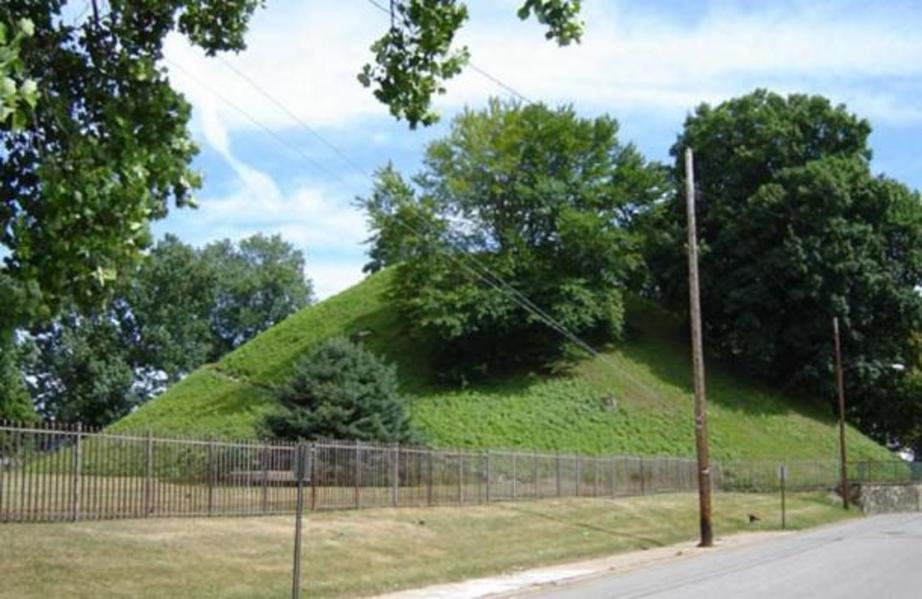 Adena Mound. West Virginia - Moundsville - Adena Indian Mound 100 BC -500 AD.
Adena Mound. West Virginia - Moundsville - Adena Indian Mound 100 BC -500 AD.
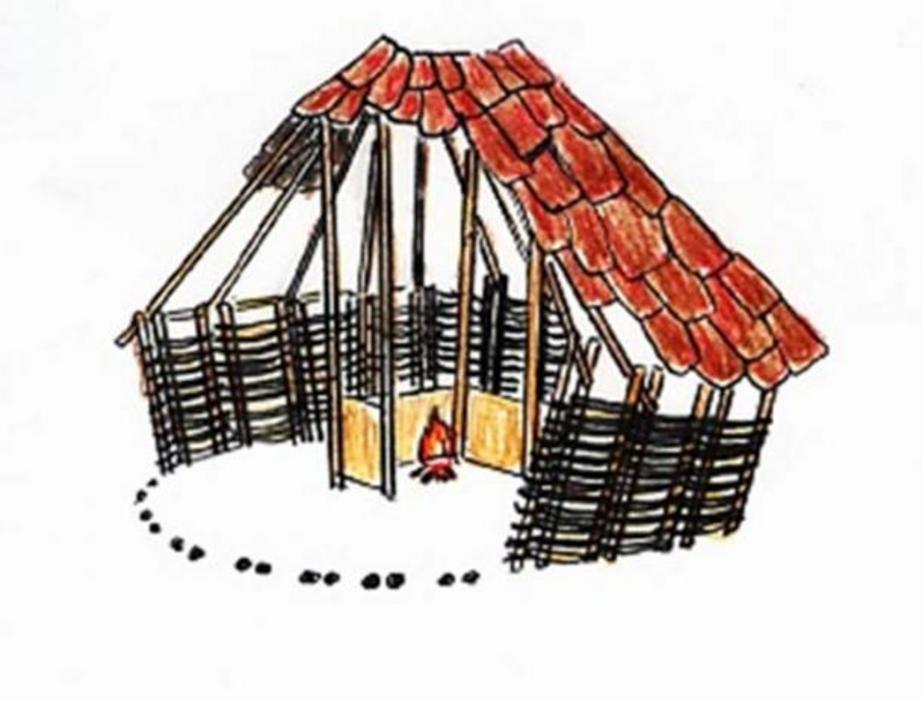 A sketch of a timber Adena house.
A sketch of a timber Adena house.
There is also a particular class of artifacts from Adena tombs, which offer a glimpse into the realm of that ancient ritual specialist, the shaman.
The Puma Man
At the Dover Mound in Mason County, Kentucky, William S. Webb discovered the remains of an Adena shaman in Burial 9. The burial was of a ruggedly built 35-40-year-old male, 5.5 feet (165 cm) in height. Two large mica sheets had been placed beneath the skull, and on each side of the jaw were two parts of the jaw of a puma.
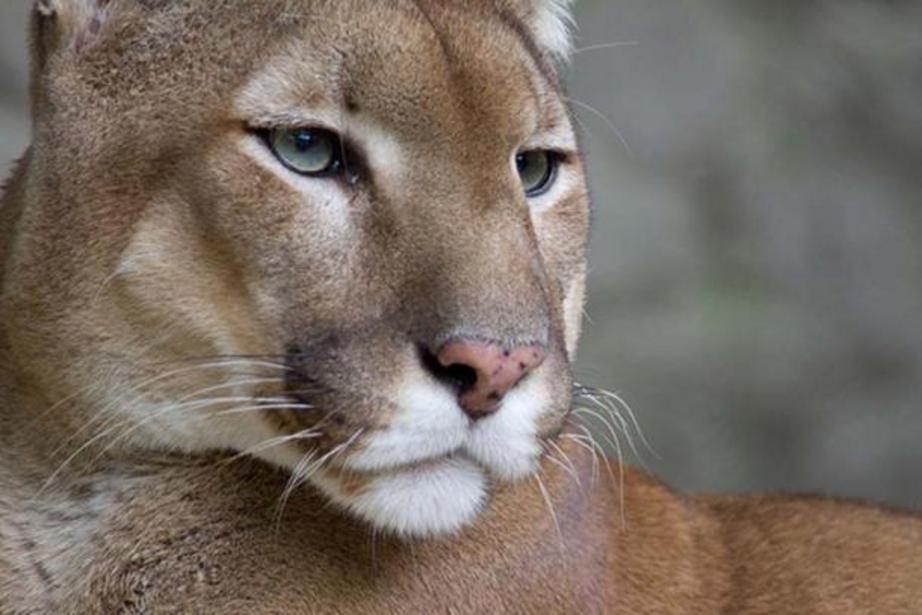 A Puma
A Puma
Metal artifacts with the burial include two copper bracelets on the left arm, a copper spiral ring on the left hand, and a triangular copper pendant at the left shoulder. A series of mica crescents were placed at the feet of the burial, along with three separate lumps of pigment—one white, another orange-brown, and the last of red ocher.
Webb felt the pigments were originally deposited in containers. He interpreted the puma jaws to be parts of a mask and the mica crescents to have originally been decorations attached to a leather cloak or cape, and these articles together were considered the costume of a “puma man” shaman. Above the shaman, the bones of a 20-year-old female—thought by Webb to have been a daughter and/or “magician’s assistant” of the shaman—were found, possibly a sacrificial burial.
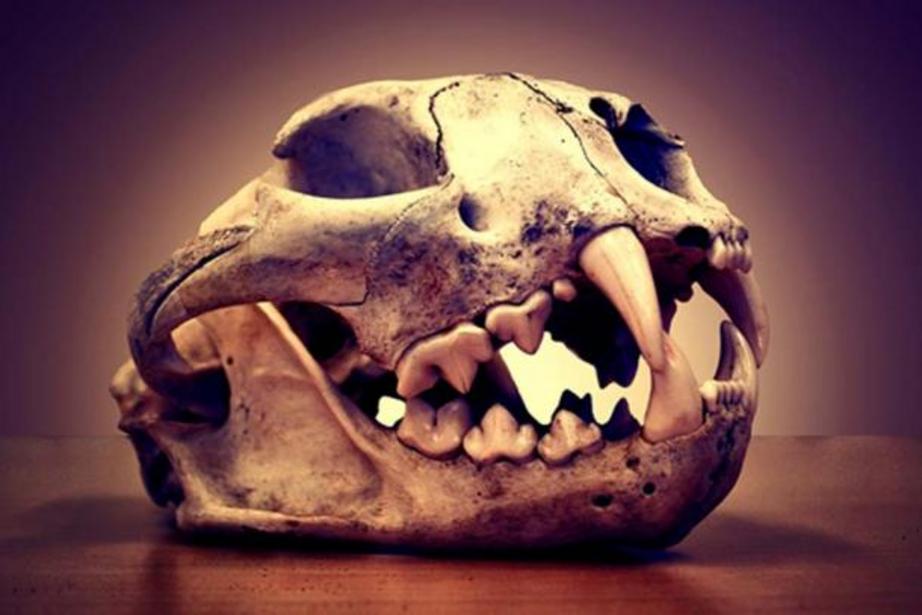 A puma skull
A puma skull
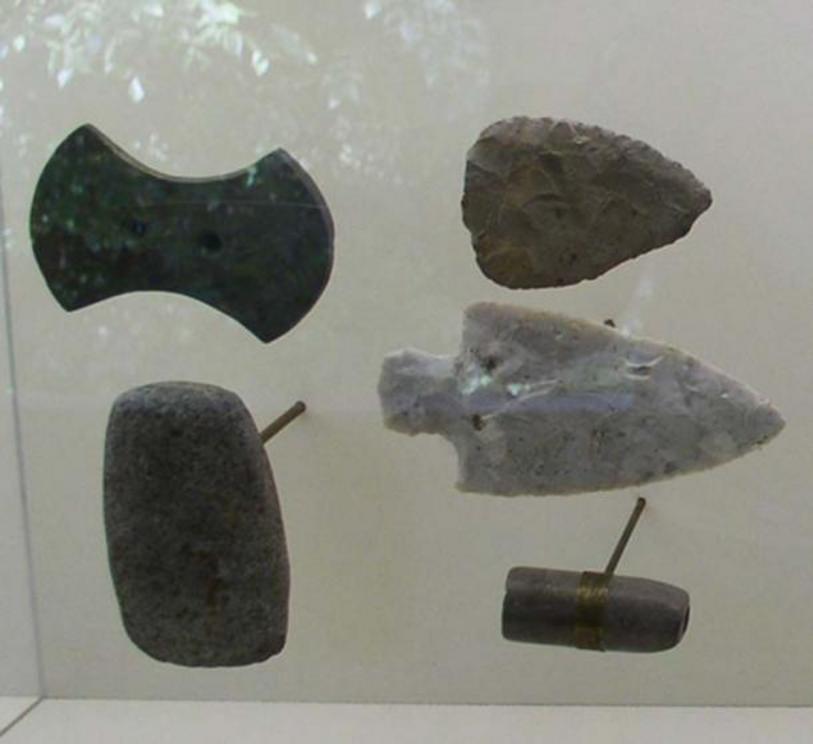 Gorgets and points from the Adena culture, found at a mound site. Representational image.
Gorgets and points from the Adena culture, found at a mound site. Representational image.
Wolves, Cougars, and Bears
These types of discoveries recur throughout the Adena world, which is significant in light of the fact that the culture is known for its considerable diversity. At the Ayers Mound in Owen County, Kentucky, the remains of a “rather large, rugged man” were found wrapped in a leather shroud or cloak and placed in a bark-lined tomb on a burned clay surface. Beneath the lower jaw and partially in the mouth cavity was the jaw of a wolf, cut into a spatula shape. Studies of the skull established that the upper lateral and medial incisor teeth of the individual had been removed before death, and Webb and Baby concluded that the modification was made for the use of the wolf jaw spatula as a mask in shamanistic ceremonial.

